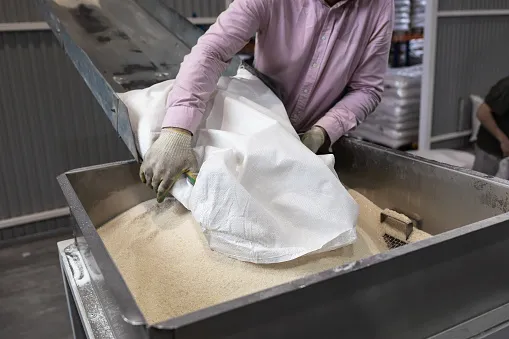
Talk to your health care provider if you’re considering dietary supplements or other alternative therapies to treat or prevent prediabetes. Some supplements or alternative therapies might be harmful if combined with certain prescription medications. Your health care provider can help you weigh the pros and cons of specific alternative therapies. Always make sure to discuss any blood sugar readings or concerns with a healthcare team before making any changes to your diabetes management plan, medications, or insulin doses. The best way to control your diabetes at nighttime or daytime is to work with your healthcare provider and follow the prescribed treatment plan.
This method divides a 9-inch plate into the following three sections to help you choose the types and amounts of foods to eat for each meal. So I bought a blood glucose kit last night and after a 12 hour fast I woke up this morning with a reading of 101. Fasting, as the name suggests, means refraining from eating of drinking any liquids other than water for eight hours. Early time-restricted feeding is a form of eating that restricts eating to only the first 6 to 8 hours in the day. If doctors find that you have fasting hyperglycemia, they’ll try to figure out why. This could be because a condition such as diabetes or prediabetes is interfering with your body’s ability to use sugar.
Having a morning fasting blood glucose level of 101 mg/dL can be a cause for concern, as it falls slightly above the normal range of 70-99 mg/dL. While it is not considered diabetic levels, it could be an indication of prediabetes.
There are several ways to naturally control your fasting blood sugar If you have diabetes. These can be especially useful if you find that your morning blood sugar levels are suddenly high and don’t know why. For people who have diabetes, carb counting and the plate method are two common ways to plan how much to eat or drink. Talk with your health care professional or health care team to find a method that works for you. To summarize, this research analyzed FG data from 8,315 nondiabetic individuals using CGM, uncovering significant FG variability that challenges the reliability of current diabetes diagnostic criteria based on PFG.
Prediabetes is a condition where blood sugar levels are higher than normal but not high enough to be diagnosed as type 2 diabetes. People with prediabetes are at an increased risk of developing type 2 diabetes, heart disease, and stroke if preventive measures are not taken.
If you have a morning fasting blood glucose level of 101, it is important to consult with your healthcare provider to determine if you are indeed prediabetic. Your doctor may recommend further testing such as an oral glucose tolerance test or a hemoglobin A1c test to confirm the diagnosis.
In some cases, health care professionals may also recommend diabetes medicines that may help you lose weight, or weight-loss surgery, also called metabolic and bariatric surgery. Impaired fasting glucose is diagnosed with a blood test that checks blood glucose levels after eight hours without food. A result of 100 mg/dl (milligrams per deciliter) to 125 mg/dl is considered prediabetes. Lower than 100 mg/dl is normal and higher than 125 mg/dl is considered diabetes. Two tests with results in the same range may be required to confirm a diagnosis. It is unclear whether people with prediabetes who progress to diabetes develop complications or severe disease (i.e., an A1C level of greater than 9%).
Preventive Measures for Prediabetes
You’ll soon start receiving the latest Mayo Clinic health information you requested in your inbox. Type 2 diabetes is becoming more common in children and adolescents, likely due to the rise in childhood obesity.
If you are diagnosed with prediabetes, there are steps you can take to prevent or delay the onset of type 2 diabetes. Lifestyle changes such as maintaining a healthy diet, regular exercise, and weight management can help lower your blood sugar levels and improve insulin sensitivity.
Monitoring your blood glucose levels regularly and taking prescribed medications if necessary can also help manage prediabetes. It is important to work closely with your healthcare team to develop a personalized plan to prevent the progression to type 2 diabetes.
Foods high in carbohydrates raise blood sugar more than other foods. During digestion, the pancreas produces insulin, which then binds the sugar in the blood and takes it into cells as a source of energy. If you have prediabetes, sugar begins to build up in the bloodstream rather than fuel the cells. This is when insulin resistance occurs, which is believed to be the No. 1 cause of prediabetes. Studies show people who smoke have a higher chance of prediabetes than nonsmokers. High levels of nicotine make it harder for your body to use insulin.
The ranges of blood sugar level considered normal, prediabetes and diabetes are the same for children and adults. The changes may include adjusting insulin correction amounts for the food you’re consuming, as it may not be accurate. You may also need to adjust your background insulin amounts if they’re leading to out-of-range glucose levels after eating.
By taking control of your health and making positive changes to your lifestyle, you can reduce your risk of developing type 2 diabetes and improve your overall well-being. Remember that a morning fasting blood glucose level of 101 may be a warning sign, but with proactive measures, you can take charge of your health and prevent further complications.




